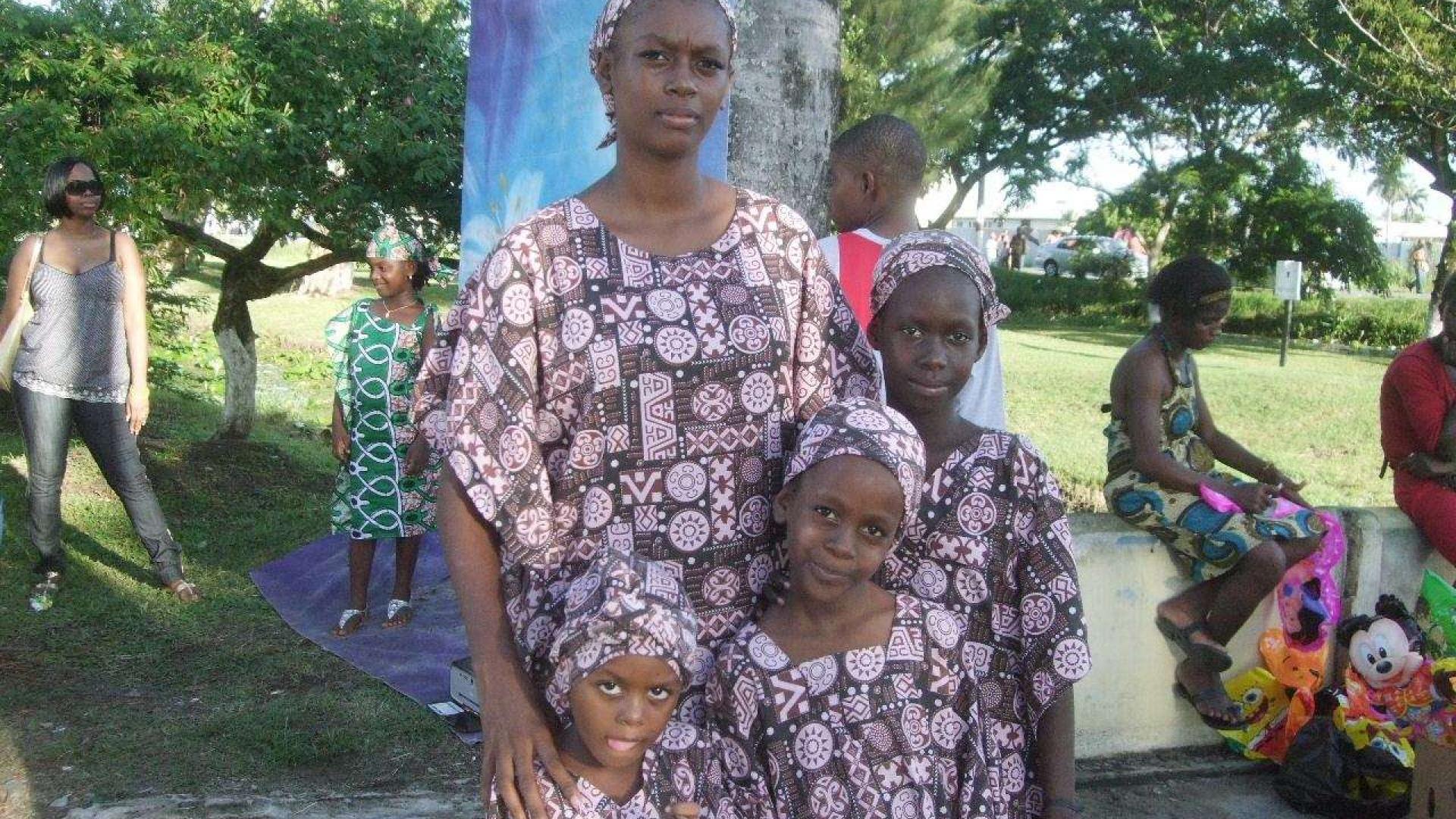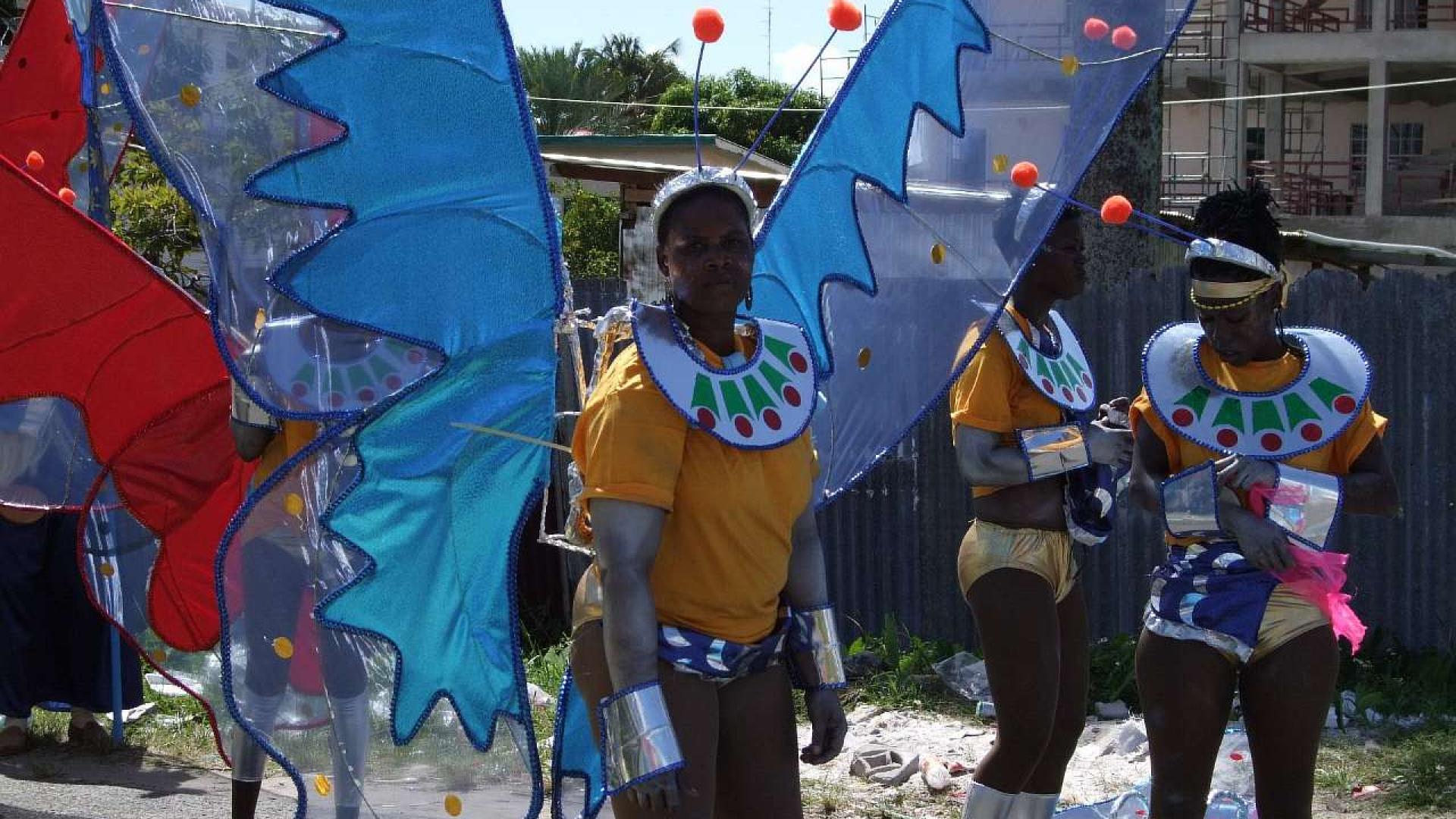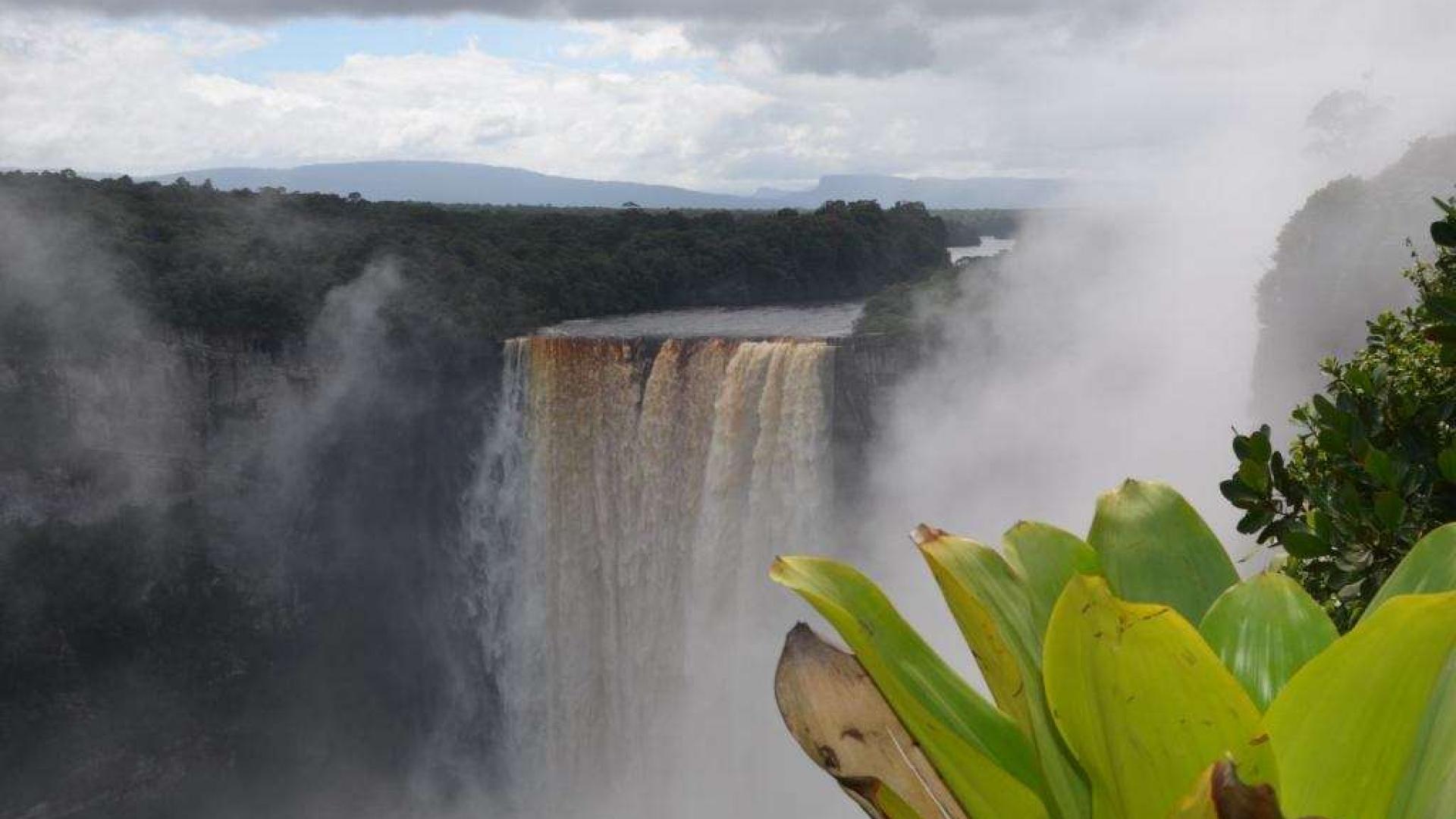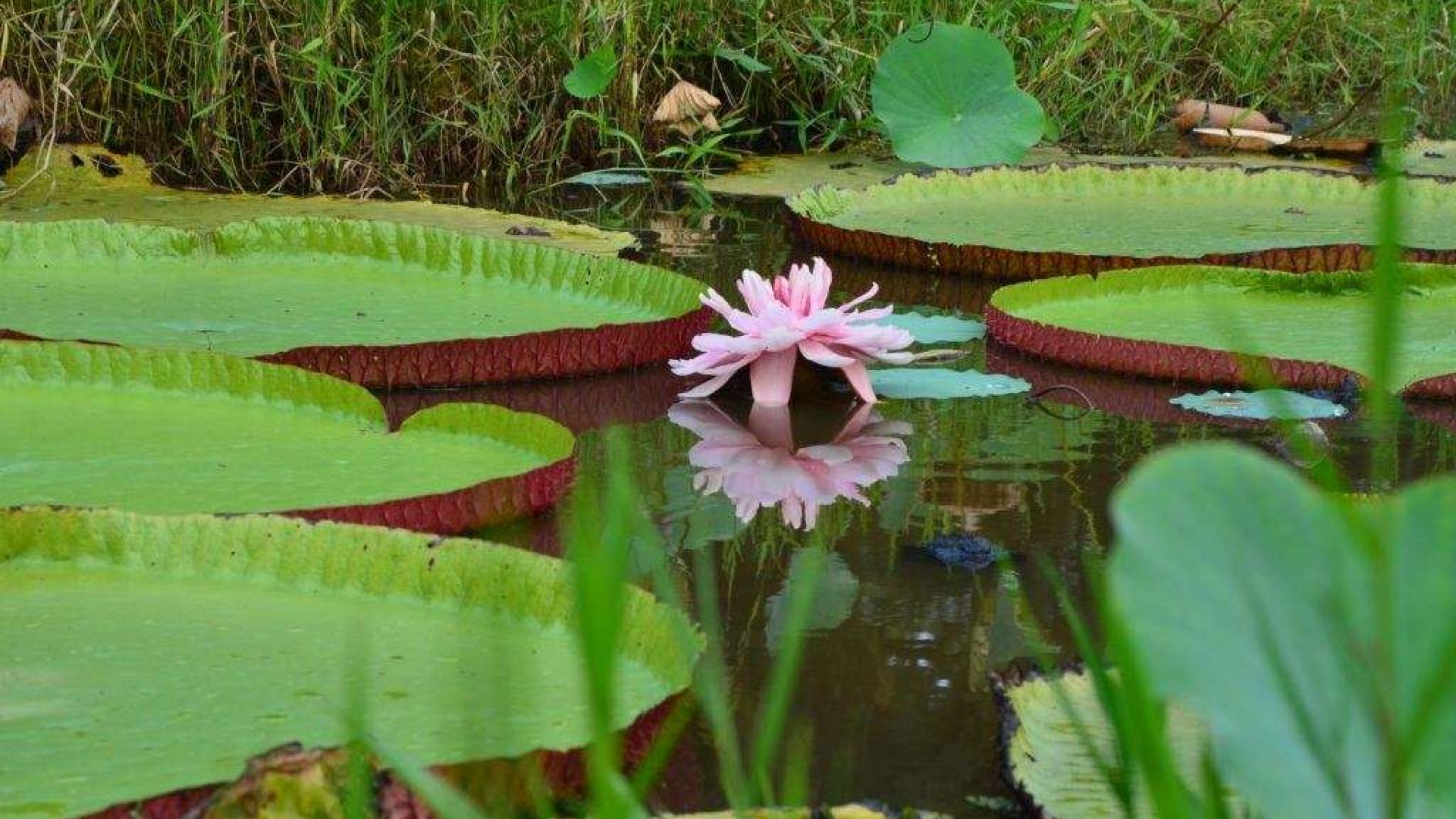Mochica culture of Peru

In the area of the city of Trujillo on the coast of Peru in the period from 1 to 7 th century was a pre-Columbian cultures, bearing the name of the Mochica. This culture served eleven dry valleys, which were located along the coast. An extensive network of irrigation canals, helped to make this land fertile. Fertilize the soil with guano, head of the culture was corn and beans. In the valley of the developed city, which had its own rulers and priests.
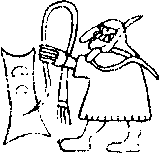
Centuries later, come down to us the unique monuments in the form of the Lunar and Solar Pyramid. Writing in the Mochica was not developed, but have survived to our time icons to help provide life and life of those communities.
Processing of metals was the main trade among the tribes of Mochica. Gold, copper and silver are the main materials used in processing. Mochica artisans were able to put the gold decorative elements on the copper as if the lessons were css. Culture of metal can be compared with the bronze and copper for centuries in Europe and the Middle East. Was highly developed ceramic vessels at present a lot of pictures with erotic content.
Sacrifices were the main ritual of Mochica. But all these sacrifices were bloody, it shows the painted vessels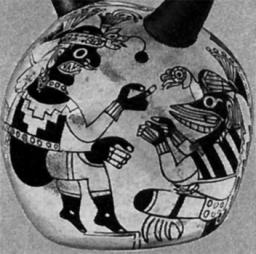 found by archaeologists. As the victims were brought to the young and strong members of society. Thereby deprived himself Mochica strong heritage, which was the main reason for the decline.
found by archaeologists. As the victims were brought to the young and strong members of society. Thereby deprived himself Mochica strong heritage, which was the main reason for the decline.
Now you can see burial Sipanskogo ruler, which has survived in its original form to this day. Located near the tomb of Huaca-Rahad. History Mochica breaks in the 4th century, probably in this period has changed the El Niño, which led to the cold and hunger in the area. The ensuing war, finally destroyed the Mochica culture.
- Log in to post comments

